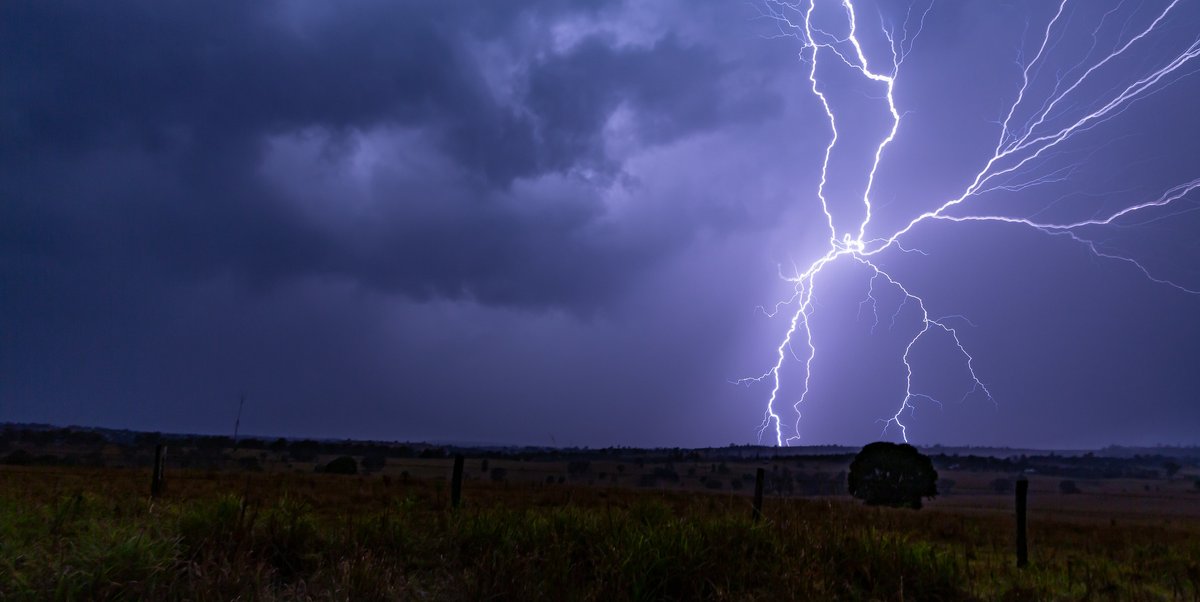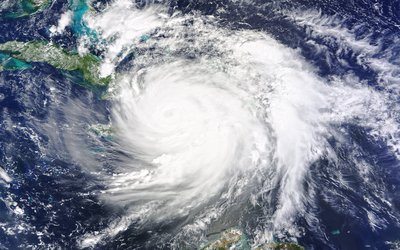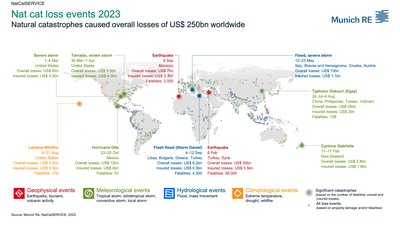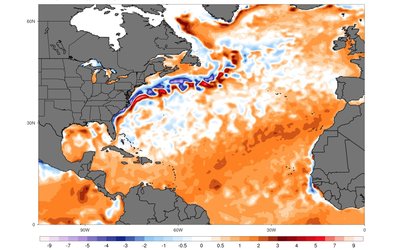
Photo: Texaus1, www.flickr.com
Lightning triggers wildfires
At the local scale, thunderstorms are the most common source of hazardous weather. Projections of future changes are highly uncertain, however. This is because it is very difficult to include the local conditions that induce these local storms in conventional climate models. As a result, it is also very difficult to project changes in the frequency of lightning. This information is more important than you might think at first glance. The vulnerability of the Arctic region to wildfires is increasing, for instance, because of the thawing of the permafrost, and lightning is the main trigger. Observations already indicate an increase in Arctic lightning and convective storms are projected to triple in frequency and extend to the northernmost regions of Alaska under future climate conditions.
Modeling thunderstorms
Intuitively one would expect an increase in the frequency of thunderstorms and lightning under global warming. After all, higher temperatures increase evaporation rates and thus atmospheric moisture and instability in the atmosphere. Thunderstorms, however, also need a trigger to develop: a mechanism to lift the moist air and – in simple words – turn it into a thunderstorm.
In a recent study, future projections in changes in lightning across Europe were presented based on a model that did include the relevant processes – in particular convection – at the local scale. A high-end scenario of climate change was used for this. The projection for 2100 was compared with the period 1998–2007, representing the current situation.
Changes in lightning across Europe
According to these projections, the weather regimes that are associated with thunderstorms and lightning shift to the north, increasing lightning frequency at higher latitudes in the summer, including the Nordic countries and the British Isles. Also, more thunderstorms are projected over the Alps – and other mountainous regions in the south – where fast warming of mountain valleys by solar radiation stimulates convection in the summer. Indeed, a significant increase in the number of summer convective-like storms has been observed over the Alps recently.
Lightning frequency decreases over lower terrain elsewhere and over the sea. Southern Europe experiences drier summers with less lightning. In the autumn, however, lightning frequency in the south will probably increase, partly because of higher air moisture due to very high sea-surface temperatures in the Mediterranean. Changes in lightning frequency across Europe in winter and spring are limited.
Kahraman et al. (2022). Environmental Research Letters 17: 114023.








